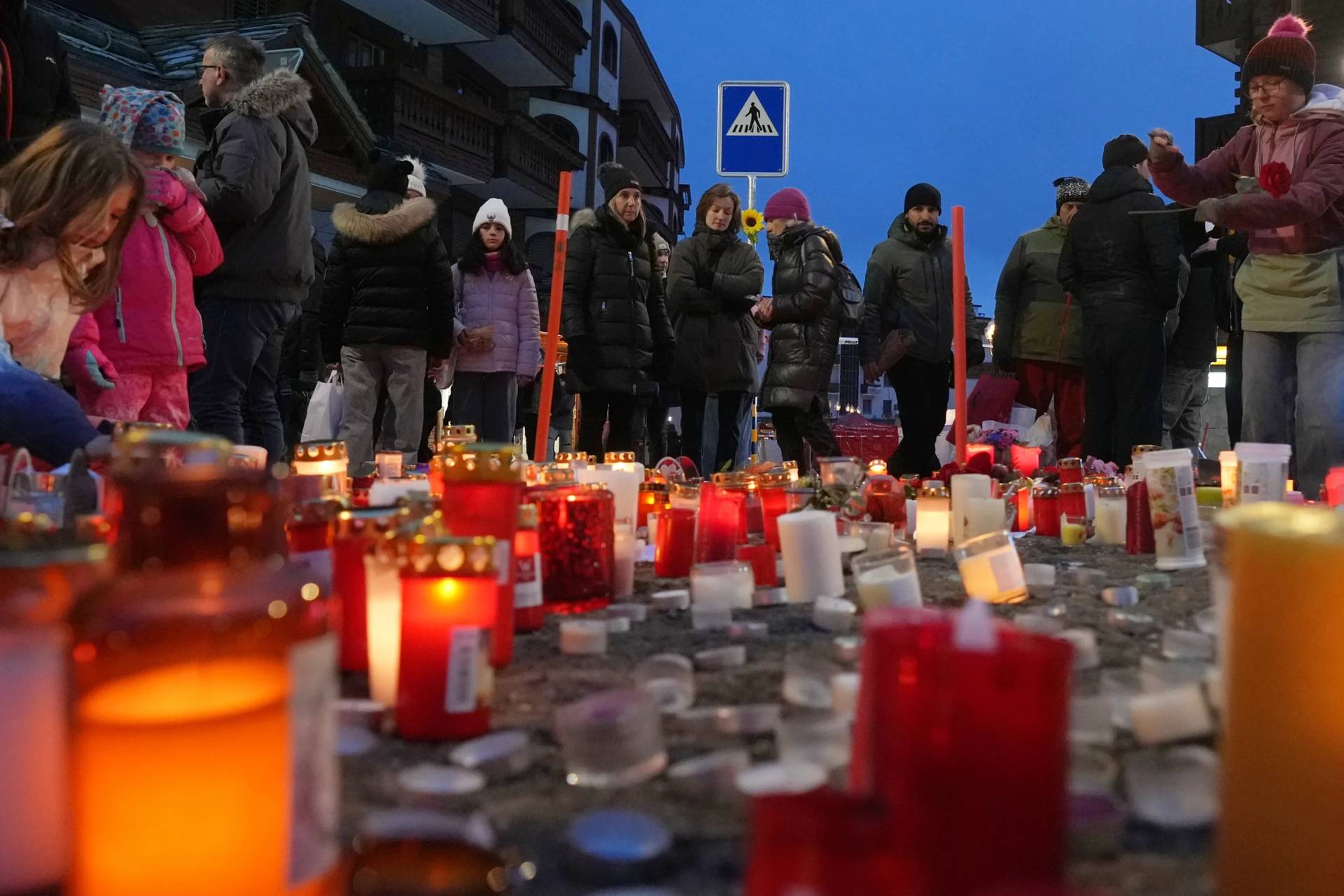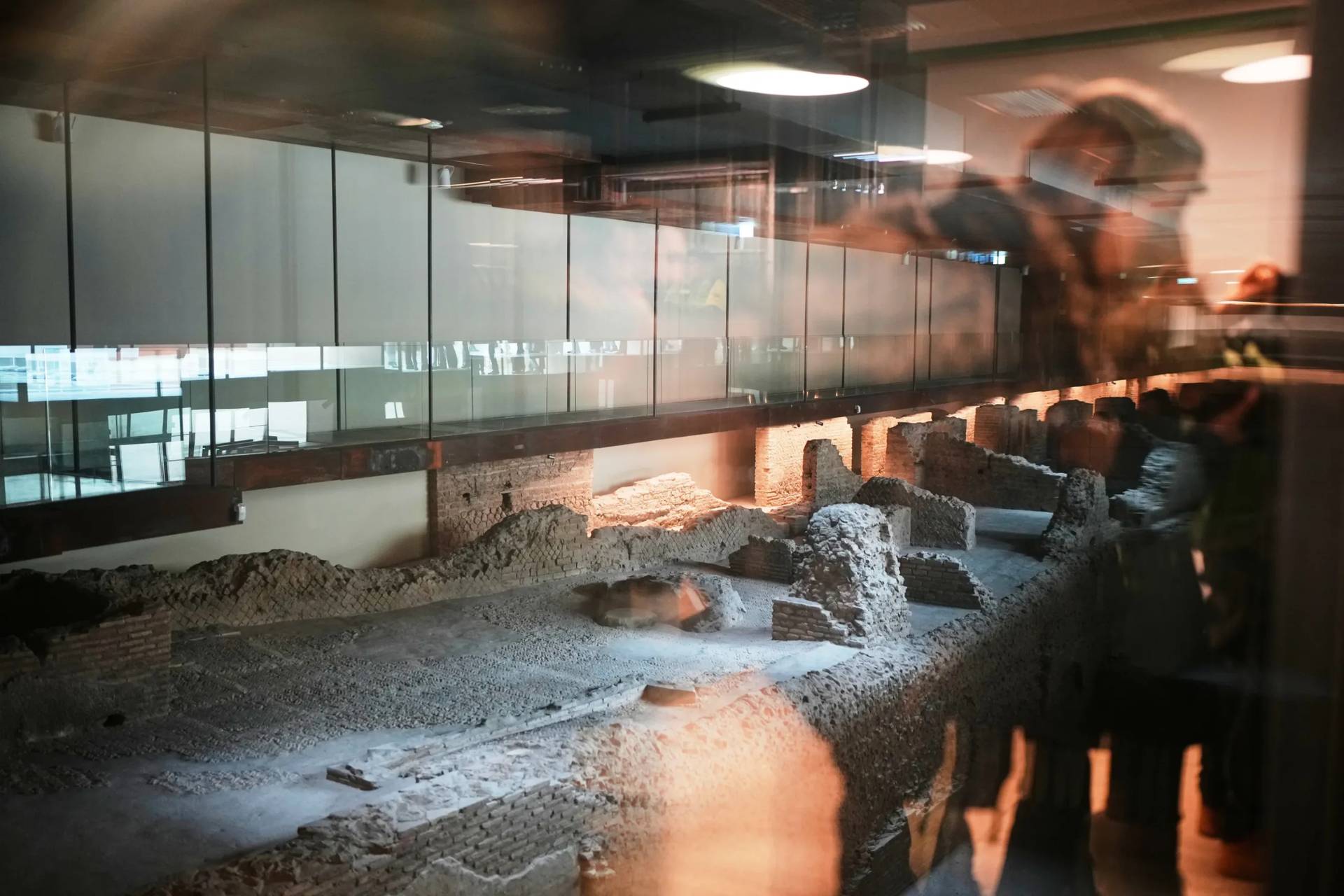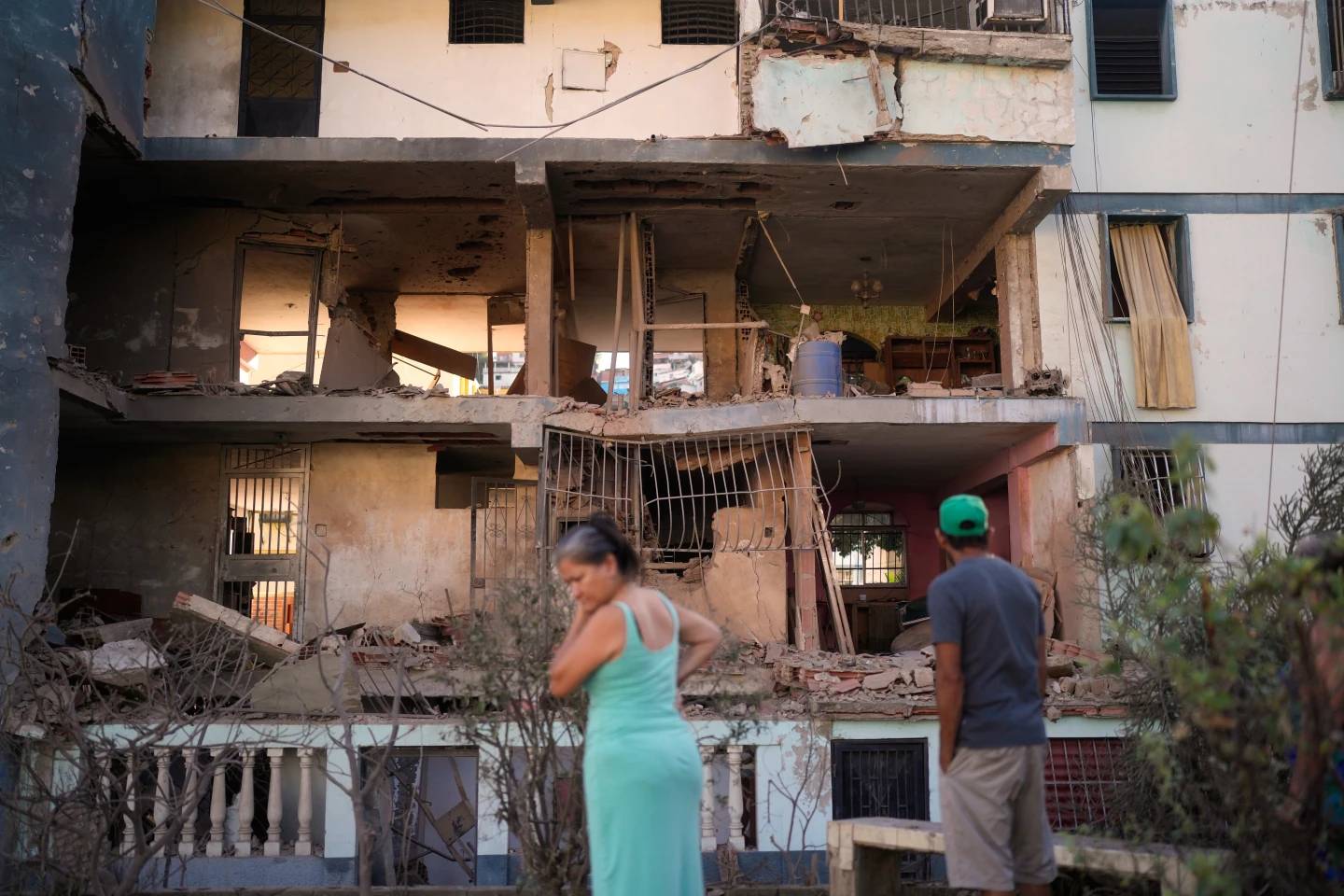Azerbaijan is seeking the Vatican’s diplomatic help in its ongoing conflict with Armenia, and Pope Francis and his team are showing a willingness to provide hands-on support.
Last Thursday, a delegation led by the Chairman of the Caucasus Muslims Office, the Grand Mufti Allahshukur Pashazadeh was welcomed by the pontiff to Rome. Following this meeting, Francis met with the heads of religious confessions present in Azerbaijan, including the Russian Orthodox and the Catholic Church, in a delegation led by Azerbaijani Ambassador to France and the Holy See, Rahman Mustafayev.
During a press conference in Rome following the meeting, the religious leader argued that Azerbaijani President Ilham Aliyev has continued the policies of cooperation with the Vatican initiated by his father Heydar. Pope Francis’s “historic visit” to Azerbaijan in 2016 highlighted the “tolerance” and the excellent level of inter-religious dialogue existing in the Caucasus country, the Muslim cleric said.
Azeri media have reported that Pope Francis’ top diplomat, Italian Cardinal Pietro Parolin, has accepted an invitation to visit the country this year to mark the 30th anniversary of diplomatic relations between the two countries.
Azerbaijan is an Islamic majority country which was part of the Soviet Union until 1991. The Soviets destroyed the capital’s lone Catholic church in the 1930s, and it was only rebuilt in 2007. According to the Catholic Almanac there are only two missionaries who serve the small Catholic community, which is mostly of Polish and Armenian origin.
Around 93 percent of Armenia, also a former part of the Soviet Union, are members of the Armenian Apostolic Church, part of the family of Oriental Orthodox Churches. It claims to have been the world’s first official Christian state in 301 A.D.
The current conflict dates back to the disintegration of the USSR, when the two former Soviet republics began to dispute the territory of Upper Karabakh, inhabited mostly by people of Armenian origin and belonging to the Christian religion.
Francis visited Armenia months before heading to Azerbaijan. The two nations have a long-standing conflict over the Nagorno-Karabakh region that has “ended” several times. The latest peace agreement came in Nov. 2020, but the ceasefire did not last.
In May 2021, Azerbaijani soldiers crossed several miles into Armenia in the provinces of Syunik and Gegharkunik, occupying several square miles of Armenian territory. To date, they haven’t withdrawn from internationally recognized Armenian territory despite calls to do so by European Parliament, the United States and France.
“In the liberated territories [referring to Nagorno-Karabakh] not only religious sites were destroyed but also our culture,” said the head of the Caucasus Muslims, also alleging that the land mines continue to be a source of tragedies “because of false maps” provided by Armenia.
“The Armenian Church is passing off this conflict as a religious thing, while it has nothing to do with religion as it is only political,” Allahchukur said, claiming that Azerbaijan protects and respects religious and cultural heritage as also attested by the restoration works carried out under agreements between Baku and the Holy See.
Allahchukur finally noted that in Azerbaijan the Armenian Church is present and protected while in Armenia it is not possible to open mosques.
Verbal sparing from Azerbaijani and Armenian religious leaders is common. During the 2020 conflict, Armenian Archbishop Pargev Martirosyan, following the shelling impacted the Holy Savior Cathedral, claimed that its neighbor was a proxy for Turkey to perpetrate a “third Armenian Genocide.”
Francis is generally well liked in Armenia due to his strong condemnation of the Armenian Genocide early on in his pontificate. The good will he has amassed with Muslim leaders through several interreligious initiatives makes him and the Holy See “a key player” in the region’s pacification, according to Azerbaijan’s ambassador to France, Rahman Mustafayev.
The meeting between Pope Francis and the Grand Mufti came a month after the latest peace agreement, which took place after a series of meetings in mid-December between Armenia’s Prime Minister Nikol Pashinian and Aliyev. It led to agreements on restoring railway lines, the return of detainees, and handing over minefield maps (An estimated 150,000 are believed to have been planted).
Mustafayev, the ambassador of Azerbaijan to the Vatican, told journalists that “implementing a peace treaty is the only possible solution.”
“Armenia is our neighbor, it also depends on us for different aspects, such as connections and international transport,” he said. “We cannot go different ways. There are problems, but we have to find a way to achieve stability in the region through diplomatic actions and with concrete gestures at the political level […]. We have asked the Vatican for help in this regard. Its role is key.”
He added that he had asked the Vatican to help “to convey to Armenia the need for a peace treaty.”
Last month, Patriarch Kirill said he was “convinced that religions have great potential for peace” after a high-level meeting between religious representatives of Armenia and Azerbaijan in Moscow.
The Azerbaijani ambassador insists there have not been “misunderstandings from the religious point of view.”
“Before the war in the 1990s, different multi-religious and multi-ethnic communities lived together in the region; there were mosques and Catholic churches,” he said.
Follow Inés San Martín on Twitter: @inesanma
















